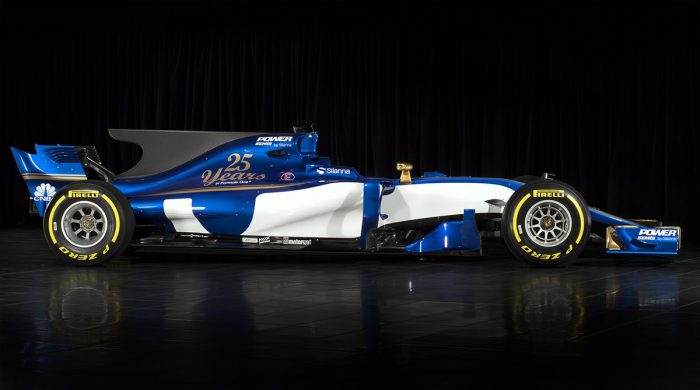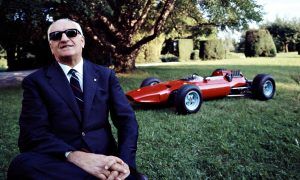After a challenging 2016 campaign, Sauber is looking upward and forward with its new Ferrari-powered C36. Nicolas Carpentiers takes a closer look at the latest Hinwill-produced contender.

A LAUNCH WITH (ROLL-)HOOPLA!
Celebrating Sauber’s 25th year of Grand Prix racing, the C36 also highlights the Swiss outfit’s recent turmoil if one looks at the car’s gestation and inception.
Although work on the C36 started under the stewardship of Mark Smith, the former technical director left Sauber on the eve of the 2016 campaign.
Development continued under the collective leadership of senior figures in the team, with Smith’s position only filled recently with the return of Jörg Zander.
The German, who previously worked in F1 at Williams, Sauber-BMW (in 2006-07), and Honda, before moving to the FIA World Endurance Championship with Audi Sport, took up his new role at the start of the year.
The lower and wider C36 features a radically different airbox design, similar to roll-hoop concepts previously seen on the 2010-spec Mercedes W01, Force India VJM04 (2011) and Caterham T128 (from the class of 2011 as well).
Sauber has gone for the single-pillar option, not only to reduce weight but perhaps also to serve aerodynamic purposes. Indeed, a smaller airbox would help optimise airflow circulation towards the rear wing.
The eagle-eyed among you will notice that the two air intakes are each divided into a pair of ducts. The pipes are used to feed cooling air to the V6 (white arrows) and another radiator (red arrows) placed right behind the engine, and probably serving as an ERS cooler.
Sauber’s cooling package also includes a couple of small apertures located below the two main air intakes (yellow arrows). With longer periods of full-throttle expected this year, engine cooling demands should soar.
Also worth noticing is the curved profile of the fins sitting atop the cockpit protections (orange arrows).

 '
'




